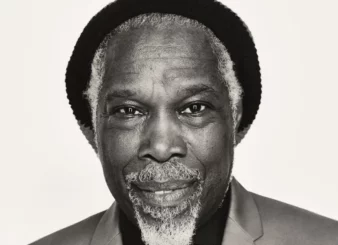In my role as a Manager at marketing specialist recruitment firm, Vertical Advantage, I’m always on the look out for outstanding talent in CRM and loyalty for our blue chip client base.
But it’s not always easy.
This means I constantly need rich customer data which can be difficult with rapid ever-changing industry trends that are at the heart of daily discussions.
This got me thinking about how the industry has drastically evolved.
Today almost 46.5 million people, (92% of the adult population) are registered with at least one card-based loyalty programme, and the average shopper is signed up to at least three.
Acquiring new customers is way more expensive than retaining them, so loyalty is an area that should be well developed by companies interested in return business.
This all sounds inspiring, but in reality, is customer loyalty all it’s cracked up to be?
My answer … not right now – but with a little work, it could be!
Loyalty schemes have become the norm – There’s so much choice out there!
The loyalty card itself has become a commodity, younger consumers these days rarely stick with just a handful of providers.
Instead, they go towards the lowest prices, the best service, and the easiest ride – in that exact order.
It is easier than ever for consumers to be disloyal: price comparison sites, social media reviews, and higher levels of price competition thanks to online retailers, are all factors that challenge the concept of loyalty.
Why?
It takes too long to reap real rewards
It’s not that loyalty schemes can’t work – it’ just that most provide so little value.
For example:
You’re loyal to a supermarket for a year, racking up the points.
The just before Christmas you’re rewarded with a voucher worth £6.45.
So, you’re undoubtedly going to ask yourself: is it worth the effort?
Of course not!
So next year you don’t bother, right?
You won’t be the only one!
Almost £6bn-worth of points have gone unclaimed from the top 10 mainstream loyalty schemes out there, with over 20% of loyalty programme users never having redeemed their rewards.
Poor targeting is a turn-off!
To be valuable, loyalty schemes need to be both better-targeted and worth something tangible to the consumer.
Points don’t cut it anymore. People want things, not points. But the thing has to be relevant and personalised.
Case-in-point: As a dog owner I have a Pets at Home loyalty card. I signed up as the owner of a small chihuahua, only to then receive on-going promotions targeting products aimed at larger breeds of dog.
The best loyalty schemes know their customers wants and needs and use this information to target them with relevant deals.
Is Mobile being ignored?
Loyalty schemes offered by your favourite high street retailers are likely to be card based.
How often have you forgotten your loyalty card and missed out on points when shopping in your favourite retailer?
You’re not alone – a third of customers do this.
And if you do want the points you’ll need to go through the hassle of keeping the receipt and then remembering to take it back to customer services (with your card) to get them added on at a later date!
Compare this with the number of times you’ve been shopping and forgotten your mobile phone.
Point taken?
So back to the original question, Is loyalty all it’s cracked up to be!!!
We’re humans, and our shopping habits cannot be analysed by algorithms alone! I believe people are at the heart of how we solve these challenges.
Loyalty schemes manipulate and analyse transactional data on shopping habits to reveal exciting insights into buying habits and motivations.
If, as a business, you really want to make this work, you’ll need professionals who can extrapolate this data to draw out qualitative research insights like customer motivation.
What kind of loyalty professionals does your business need?
If they want to attract the right talent who understand the nation’s loyalty behaviour, recruitment services have to aim for individuals with track records in driving change and innovation in loyalty programmes.
For me, that means professionals who can really dig deep into the data when shaping loyalty campaigns.
Find how where each candidate is within the cycle: how effective have they been? How do they measure that? What was their last great innovation, and why?
Most of all, ask how they believe we should approach the loyalty space because lateral, data-driven thinking is crucial to how well they will succeed in the current climate.
![]()
![]()

















Recent Comments